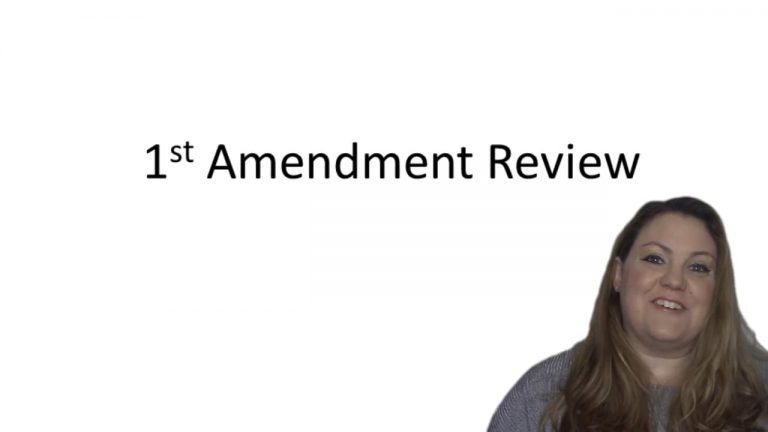SmartBrief
Confirm favorite deletion?
Constitutional Law Keyed to Barnett
NAACP v. Alabama
Citation:
357 U.S. 449 (1958)Facts
In Brown v. Board of Education (1954), the Supreme Court held that school segregation violated the Equal Protection Clause of the Fourteenth Amendment. After the ruling, there was resistance to school desegregation in the South, including by a group called the Citizen’s Council. The Citizen’s Council attempted to use state influence to collect information about the identities of Civil Rights Activists.
In earlier proceeding, the Attorney General of Alabama brought suit against the NAACP in state court to enjoin the NAACP from conducting further activities in the State. As part of that earlier proceeding, the State moved to compel the NAACP to produce records containing the identities and addresses of all Alabama members. Alabama state court entered a court order requiring the NAACP to produce its membership lists, which the NAACP refused.
Only StudyBuddy Pro offers the complete Case Brief Anatomy*
Access the most important case brief elements for optimal case understanding.
*Case Brief Anatomy includes: Brief Prologue, Complete Case Brief, Brief Epilogue
- The Brief Prologue provides necessary case brief introductory information and includes:
Topic:
Identifies the topic of law and where this case fits within your course outline.Parties:
Identifies the cast of characters involved in the case.Procedural Posture & History:
Shares the case history with how lower courts have ruled on the matter.Case Key Terms, Acts, Doctrines, etc.:
A case specific Legal Term Dictionary.Case Doctrines, Acts, Statutes, Amendments and Treatises:
Identifies and Defines Legal Authority used in this case.
- The Case Brief is the complete case summarized and authored in the traditional Law School I.R.A.C. format. The Pro case brief includes:
Brief Facts:
A Synopsis of the Facts of the case.Rule of Law:
Identifies the Legal Principle the Court used in deciding the case.Facts:
What are the factual circumstances that gave rise to the civil or criminal case? What is the relationship of the Parties that are involved in the case.Issue(s):
Lists the Questions of Law that are raised by the Facts of the case.Holding:
Shares the Court's answer to the legal questions raised in the issue.Concurring / Dissenting Opinions:
Includes valuable concurring or dissenting opinions and their key points.Reasoning and Analysis:
Identifies the chain of argument(s) which led the judges to rule as they did.
- The Brief Prologue closes the case brief with important forward-looking discussion and includes:
Policy:
Identifies the Policy if any that has been established by the case.Court Direction:
Shares where the Court went from here for this case.
Topic Resources
Topic Outline
Topic Refresher Course
Topic Charts & Notes

 8m 2s
8m 2s